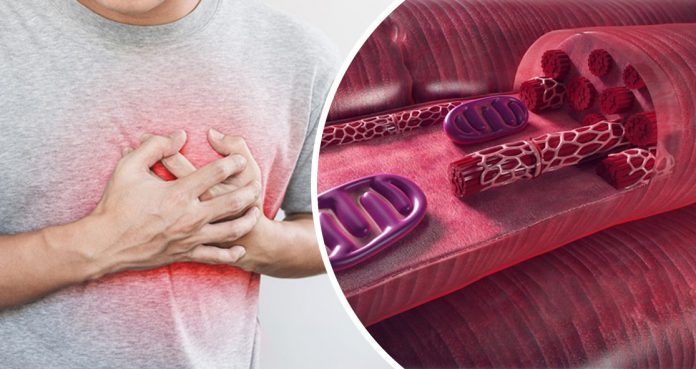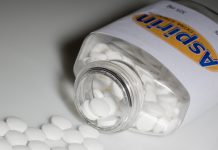The heart is unable to regenerate its muscle tissue after a heart attack has damaged part of its muscle wall. That damaged tissue put a strain on the surrounding muscle, resulting in a lethal heart enlargement, or cardiomegaly.
To prevent this type of complication, biomedical engineers believe that they can help the ailing heart by using pluripotent stem cells to grow cardiac muscle cells outside of the body and injecting those muscle cells near or at the site of the damaged heart tissue. Preliminary studies have shown moderate improvement in the heart’ pumping ability.
However, to re-muscularize the heart and improve its function, you need quality cardiomyocytes.
Researchers from the University of Alabama at Birmingham have reported a simple method to improve the quality of cardiomyocytes and found that this method, which was tested in a mouse heart attack model, “doubled the engraftment rate of the injected stem cell-derived cardiomyocytes.”
Co-senior authors Ramaswamy Kannappan, Ph.D., and Dr. Jianyi Zhang said, “Our robust approach to select functionally competent, intact-DNA cells from a heterogeneous population can be easily adopted in clinical settings to yield cells that are better able to repopulate the ischemic myocardium and improve the performance of a failing heart.”
The authors said, “To our knowledge, this is the first study to show that DNA damage-free induced pluripotent stem cells can be selected by p53 activation in induced pluripotent stem cell culturesfailing and that DNA damage-free cardiomyocytes have enhanced cardiac engraftment potential.” Previous studies by others have shown that DNA-damaged aging cells do not undergo cell death. In fact, they stay within the tissue, with an altered function that could change the tissue microenvironment and encourage aging phenotypes of other cells, which may be an explanation for the engraftment advantage of DNA damage-free derived cardiomyocytes.























